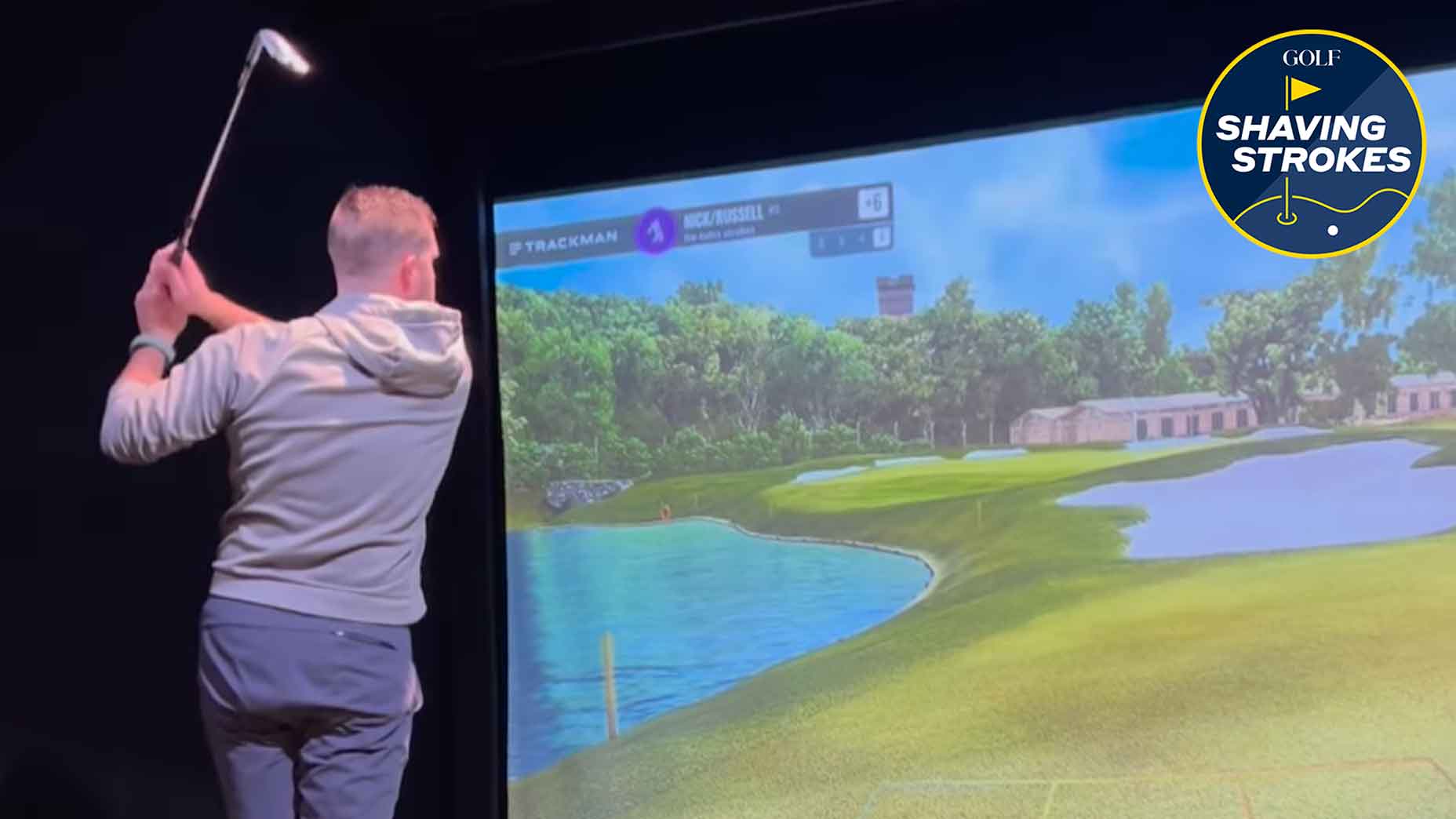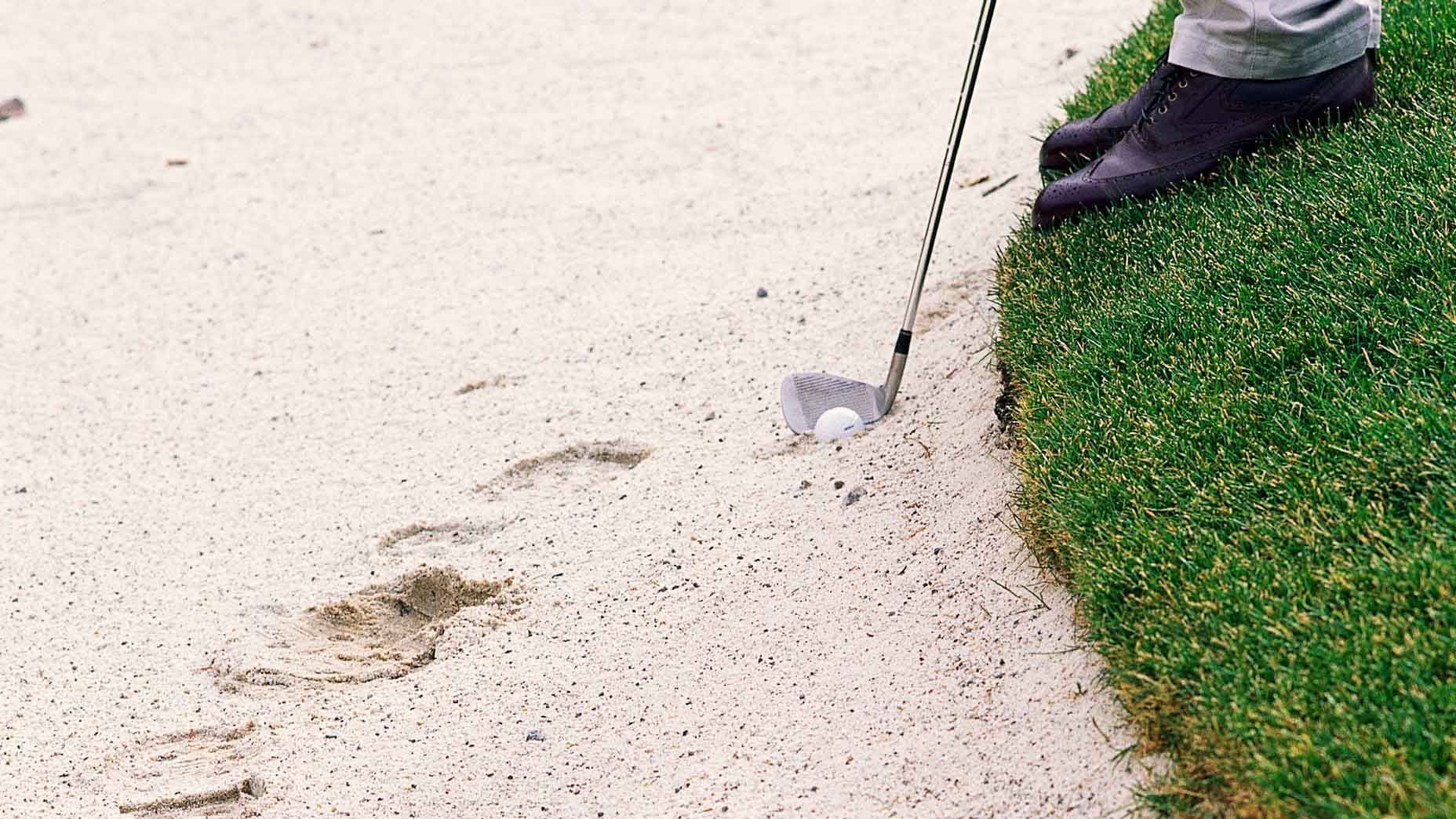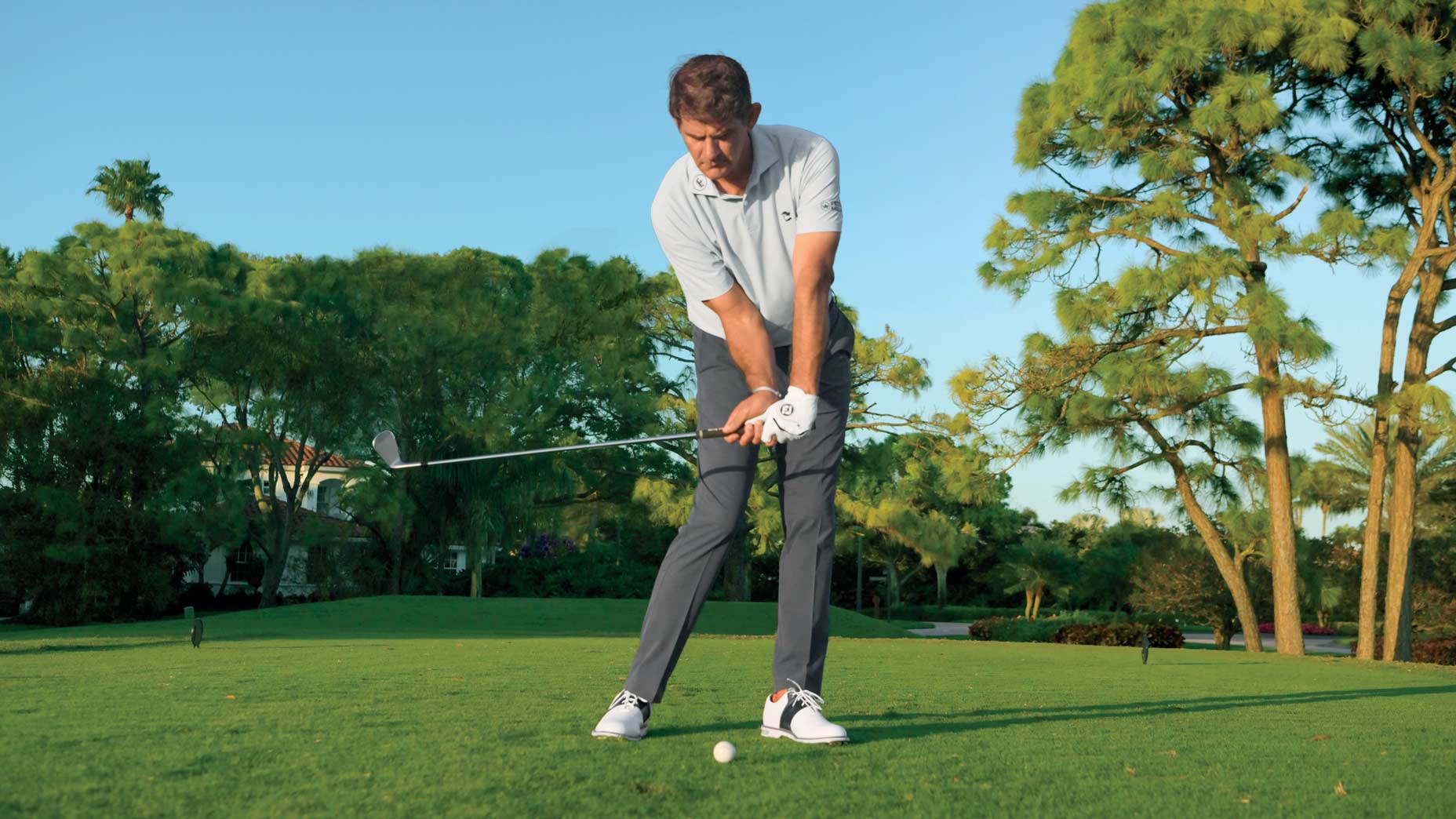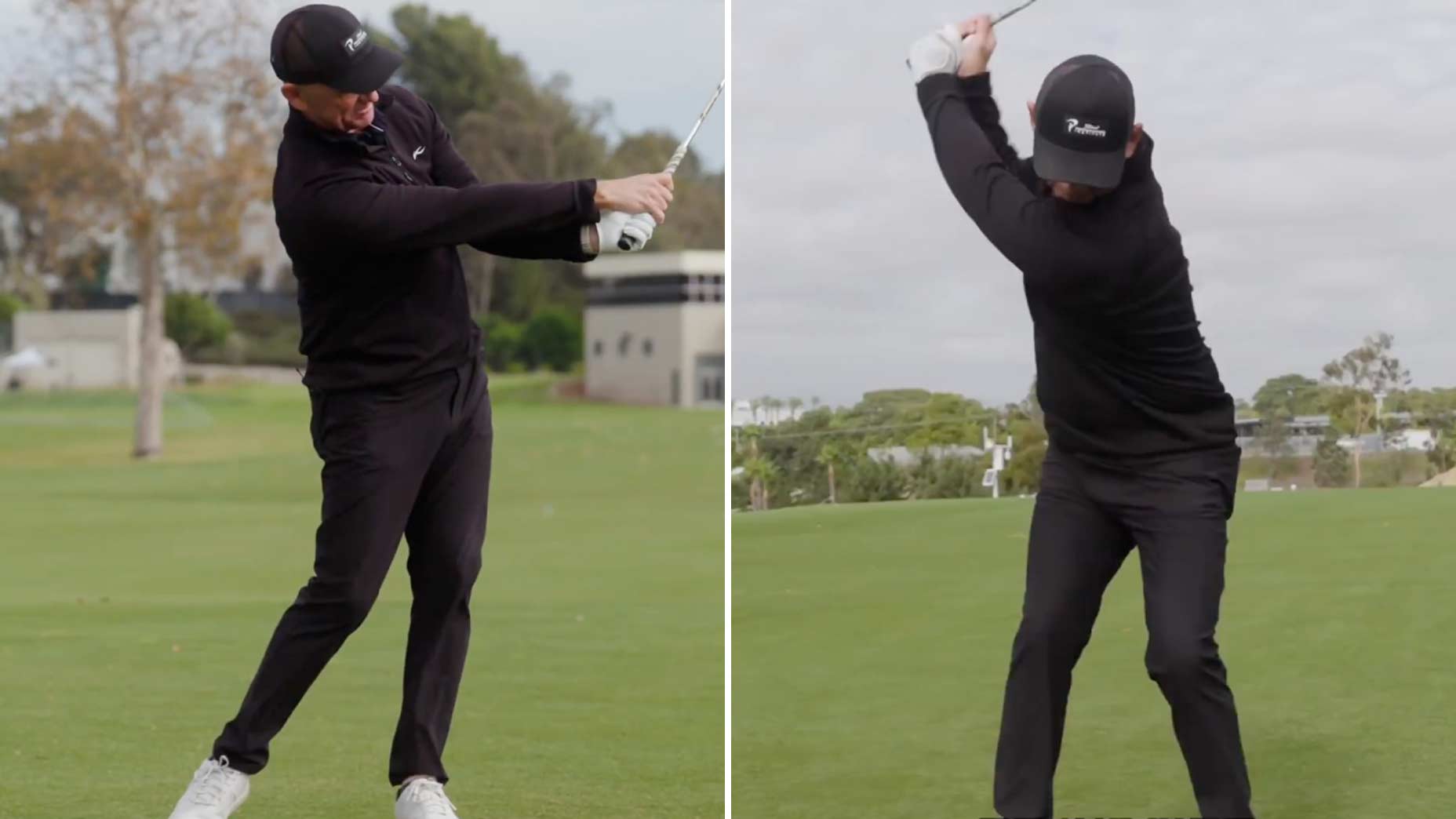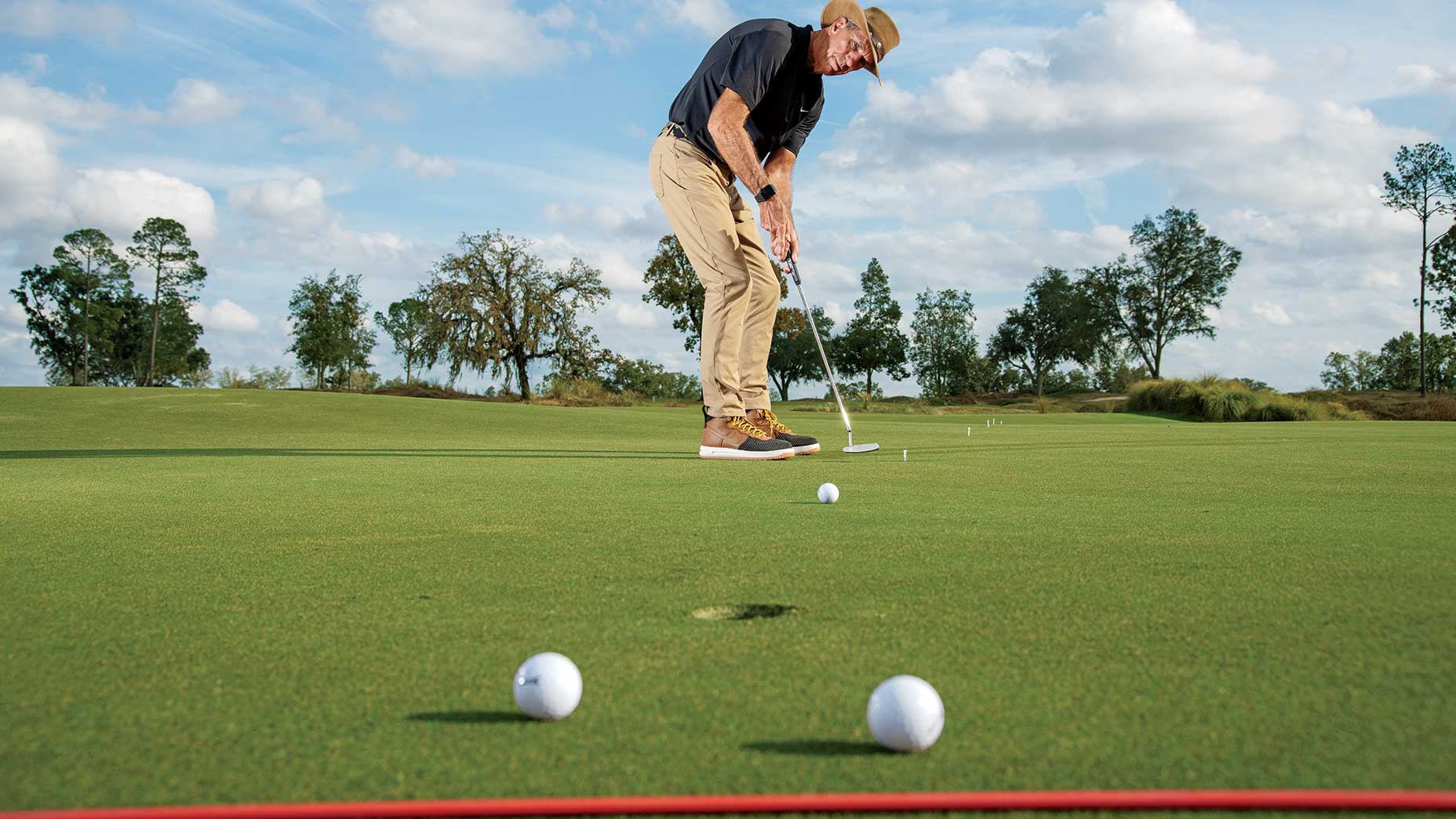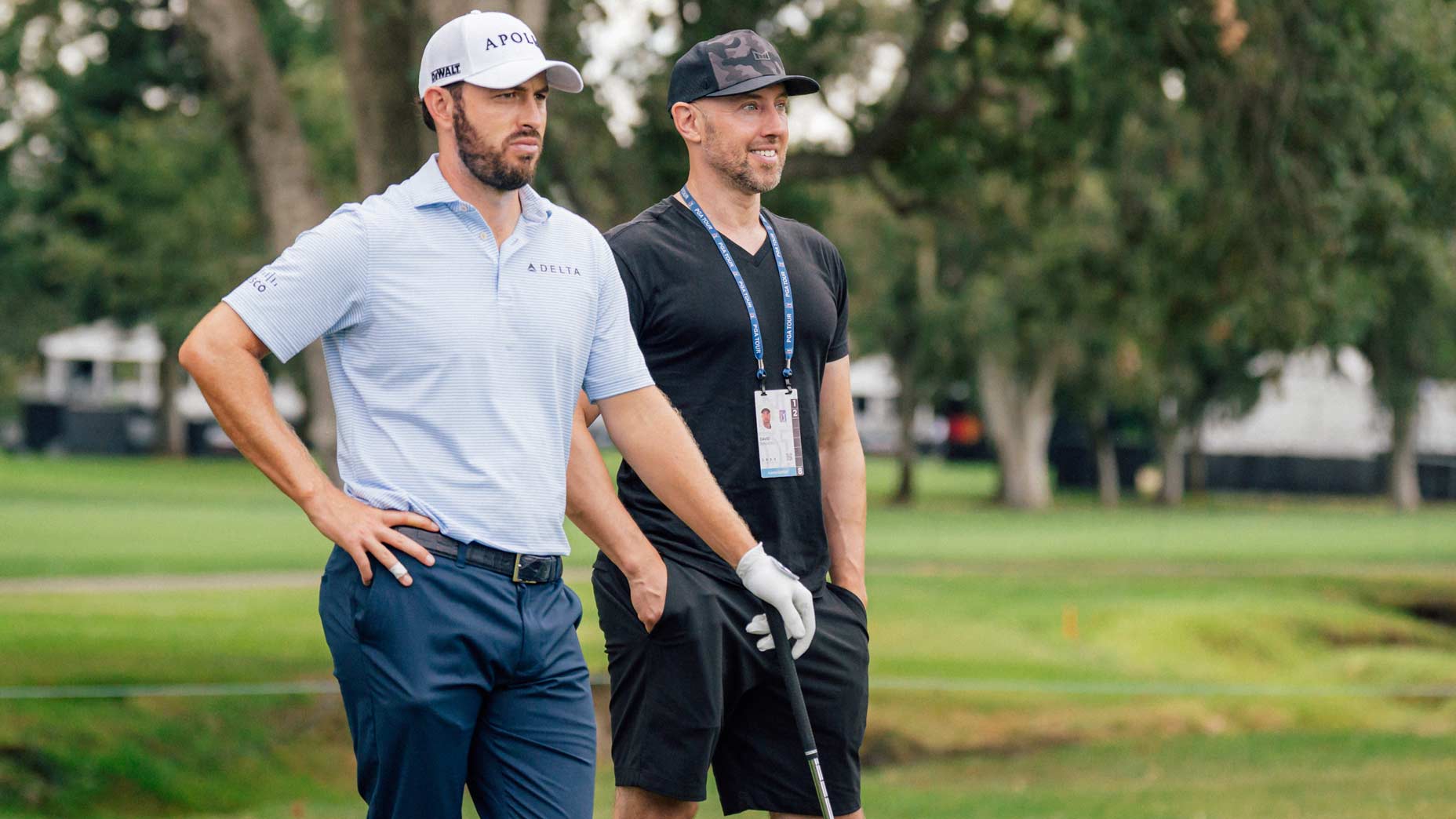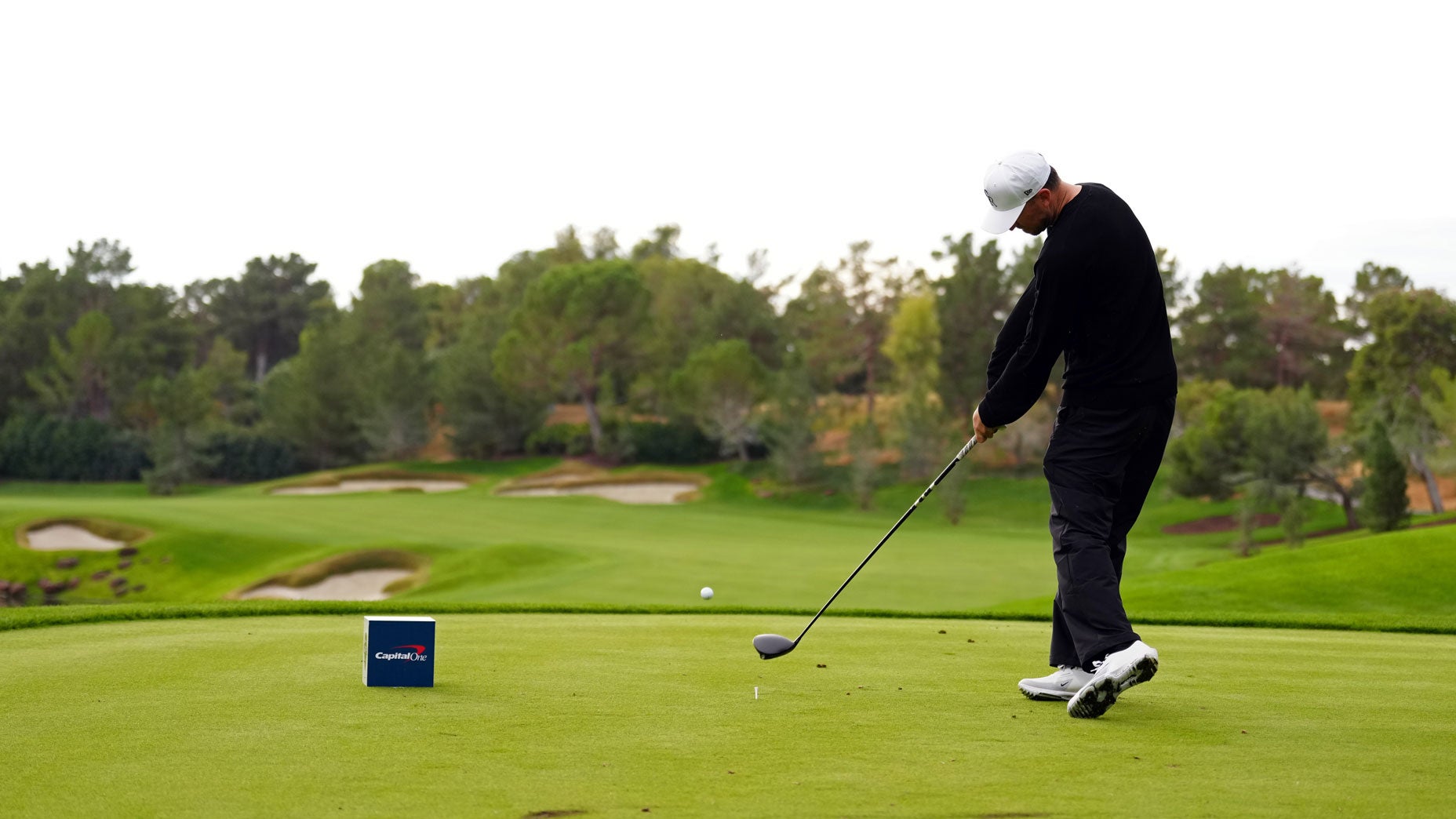Welcome to Shaving Strokes, a GOLF.com series in which we’re sharing improvements, learnings and takeaways from amateur golfers just like you — including some of the speed bumps and challenges they faced along the way.
I’ve been GOLF’s Instruction Editor for about a year now, and the minute I accepted the role I had one major golf goal in mind: Breaking 80 by the time my daughter was born last fall.
Now, if you’ve followed my journey at all since then, you know I failed — but it wasn’t for a lack of trying!
I played a lot of rounds, put in hours of practice, went through swing adjustments and full-fledged changes, worked on my mental game, stepped back for a bit to escape the pressure of achieving my goal and tried to hustle my way toward breaking 80.
This Top 100 Teacher’s offseason guide will help you accomplish your golf goals in 2024By: Ed Oldham, Top 100 Teacher , Nick Dimengo
Unfortunately, it just wasn’t in the cards last year.
But 2024 offers a new opportunity for me, and you know damn well that I’ll be on the hunt for shooting my lowest score ever before the calendar year ends.
While there’s a lot that goes into breaking 80, according to GOLF Top 100 Teacher Jim Murphy, there’s one shot every player must master to even give themselves a chance to shoot in the 70s.
During a recent lesson with him, Murphy walked me through his philosophy on achieving this milestone and what it’s going to take to finally reach my goal. Take a look at what he told me.
Master this shot to start breaking 80 more consistently
As the video above shows, I describe my goal of breaking 80 to Murphy, asking what shot is most important in order to finally break through. Without hesitation, he immediately turns to the short game, telling me that focusing on three-foot putts will make or break my scorecard.
“You’ve got to master the three-footer,” he says. “You look at Tour players and they average 96 percent from [this range]. If you’re struggling with these, you’re going over 80.”
Fair enough.
But just “dialing it in from three feet” takes work, so I ask Murphy to give me a drill that will make these shorter putts feel nearly automatic.
Just how often do Tour pros miss short putts? Here’s some contextBy: Dylan Dethier
“Expectations are already high [on these three-footers], so players already have a little bit of anxiety,” he tells me. “So once you’ve lined [up your putt] and you see the break, get over it and block out the hole, just staying focused on your process. Don’t look up.
“All you can control is what happens here [referring to the process]. If you start worrying about the result, you lose control of what happens here. That’s where people get in trouble.”
With the pressure on and the cameras rolling, I sort of short-arm my putt, misreading it a bit and watching it break from right to left quite dramatically.
Murphy doesn’t mind the result and helps explain what I can do to see improvement.
He places another ball three feet away from the hole, has me set up over it and instructs me to just hit my shot without even considering the target.
How to make more three-foot putts
“No target,” he says. “Just hit it three feet for me.”
This time, rather than short-arm it, I put a little too much mustard on my shot, watching it hit the back of the cup and roll out.
That said, the ball went straight to where I wanted it to — it just didn’t have the right speed — leading Murphy to reinforce the idea of removing the pressure of a target on three-foot putts such as these.
“What you want to do is take the hole out of the equation,” he explains. “Because, when you’re back at a 20-footer and you’re looking at seeing the break, you’re just hitting the putt.
Want to improve your lag putting? Stop worrying about the hole, says instructorBy: Jessica Marksbury
“But as you get closer to the hole, you’re trying to make the putt. But you don’t want to start focusing on the result; [just focus] more on the process.”
This is a good lesson for players like me who have a very specific goal in mind — especially when putting. By simply hitting to a spot rather than a specific target, it allows you to play looser and not worry about whether you make or miss it. That in and of itself is beneficial.
As I continue to build my confidence and shave strokes off my game, understanding simple tricks like this can be the difference between shooting mid-80s and finally breaking 80 for the first time. So give it a try for yourself to see how it can benefit your game!
